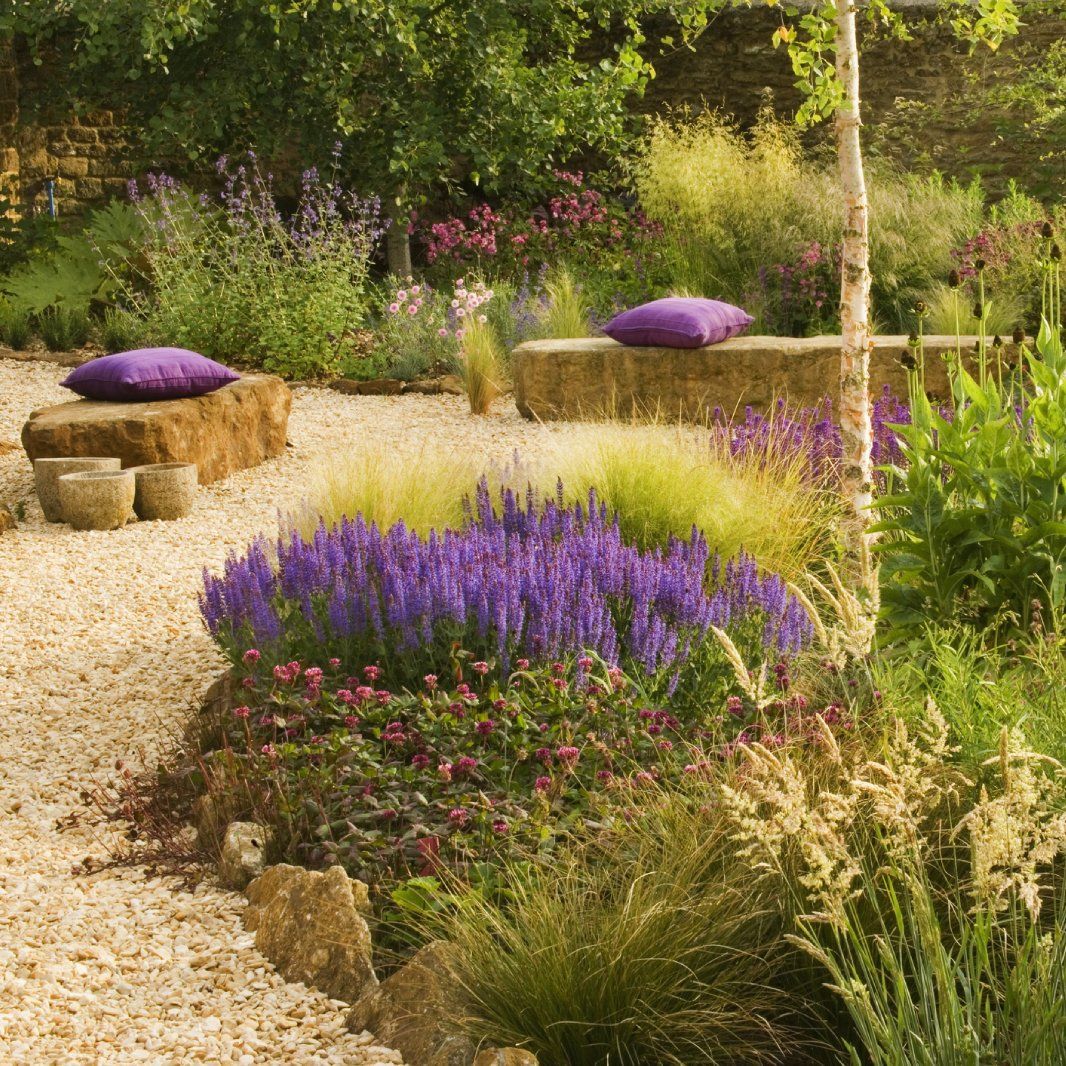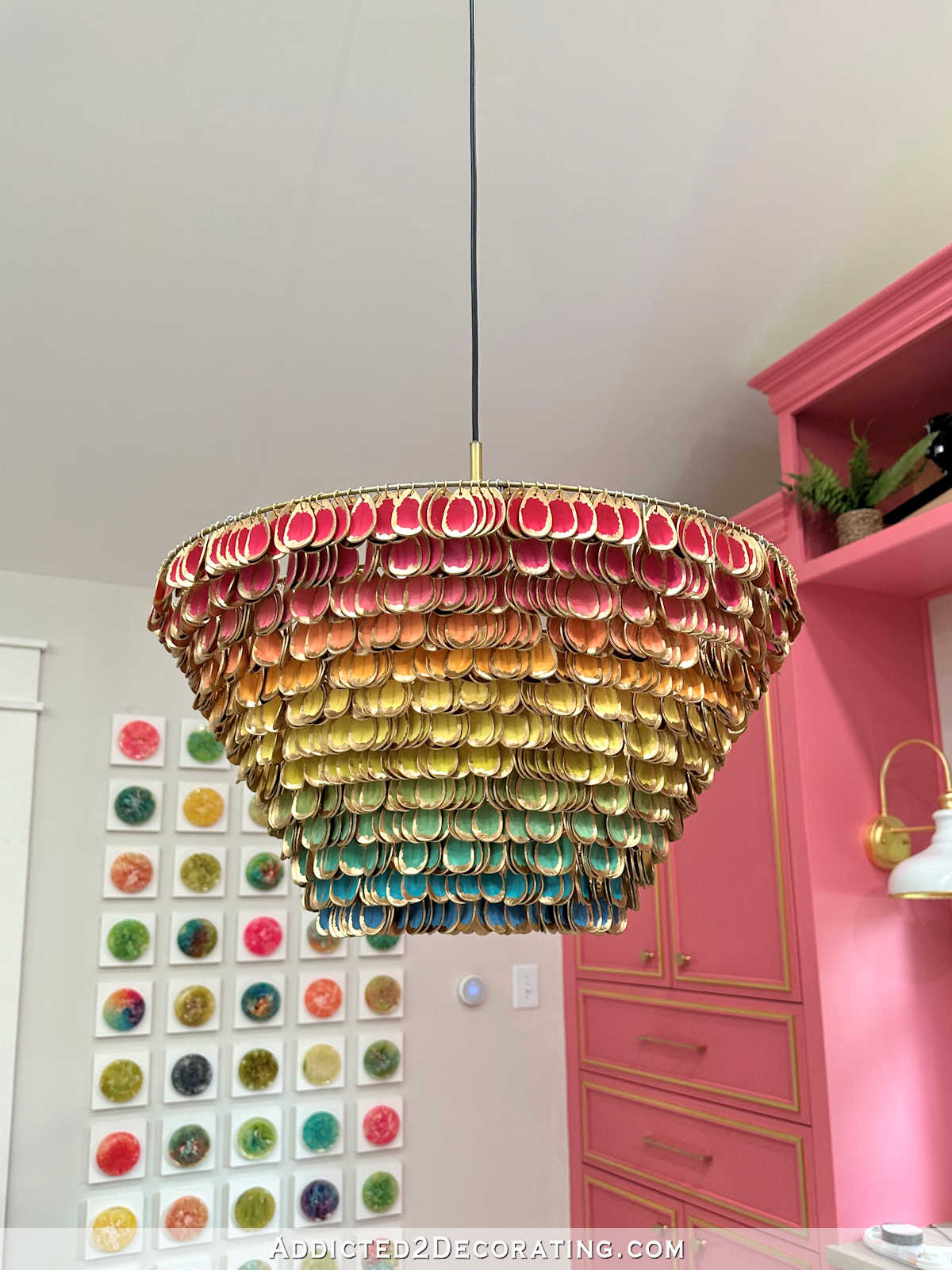Drought tolerant landscaping, also known as xeriscaping, is especially important in hotter regions. Landscaping must meet the needs of those who will use it as well as take into account the site’s environmental conditions. Designing a garden simply means making a plan for the landscaping and hardscaping in a particular space. The principles of garden design remain constant.
If you live in an area where water use is or may become restricted, your garden design must include drought-resistant landscaping. Read on for some drought-tolerant landscape design ideas.
Heat Tolerant Garden Design Elements
When gathering drought-tolerant landscaping ideas, consider simplicity and harmony as essential. To create a harmonious design, balance the landscaping and hardscaping to keep both sides in some type of equilibrium. For example, a tree on one side could be balanced out by a group of shrubs on the other.
It’s also important to unify the site. One way to do this is to group the plants you install. Unifying elements can be foliage texture, shape, or color. Repeating one or more of these elements through the landscape creates an appealing rhythm, leading to a focal point like hardscaping (a fountain) or a large tree.
Soil The first – and perhaps most important – element for drought-tolerant landscaping is the soil. Many landscape issues occur because the soil is not adequately prepared before planting. You’ll want to get a soil test done to understand your soil’s structure, the amount of organic matter in the soil, the level of nutrients in the soil, and the soil acidity (pH). Plants grow better and are easier to care for – in all landscapes – if they are planted in high-quality soils.
Plants
(Image credit: Charles Hawes / Getty Images)
The part of creating a drought-tolerant landscape that people enjoy most is plant selection. Don’t just load the car up with drought-resistant plants. The key is selecting the right plant for the right place – in terms of hardiness zone, sun exposure, and soil needs. Native plants are always easy to maintain and usually drought tolerant, but there are many different types of plants that need little water.
Aside from picking a plant that fits well into a site, design the overall plant arrangement based on the plant’s mature dimensions, shape, and color. Consider the ornamental value of a plant, e.g. the timing of the leaves, flowers, and seed displays, ensuring year-round garden interest by adding some plants with spring, summer, fall, and even winter interest in each area.
Drought-Tolerant Landscaping Ideas
(Image credit: David Madison / Getty Images)
Dry Garden – The majority of drought-resistant plants will rot in wet soil conditions. In fact, you should keep irrigation water off their stems or crowns. Setting up a drip system is a wonderful way to keep the crown dry while sending water directly to the roots of your plant and avoiding crown rot. Place each emitter in a piece of plastic watering pipe running from the soil level to the root ball.When to Plant – Plant your drought-resistant plants in late fall after the first rain or in the winter months that follow. This gives your plants the time to establish roots before summer arrives, temperatures rise and the soil dries out.Replace Turf – Is it time to replace that turf grass? That “all-American” square of lawn requires a lot of irrigation, plus fertilizer and mowing. Consider replacing parts or all of it with tough, low-growing native grasses or sedge that don’t need much help to thrive and need mowing only once a season.








 + Planting String of Watermelon Succulents
+ Planting String of Watermelon Succulents  with Garden Answer
with Garden Answer


